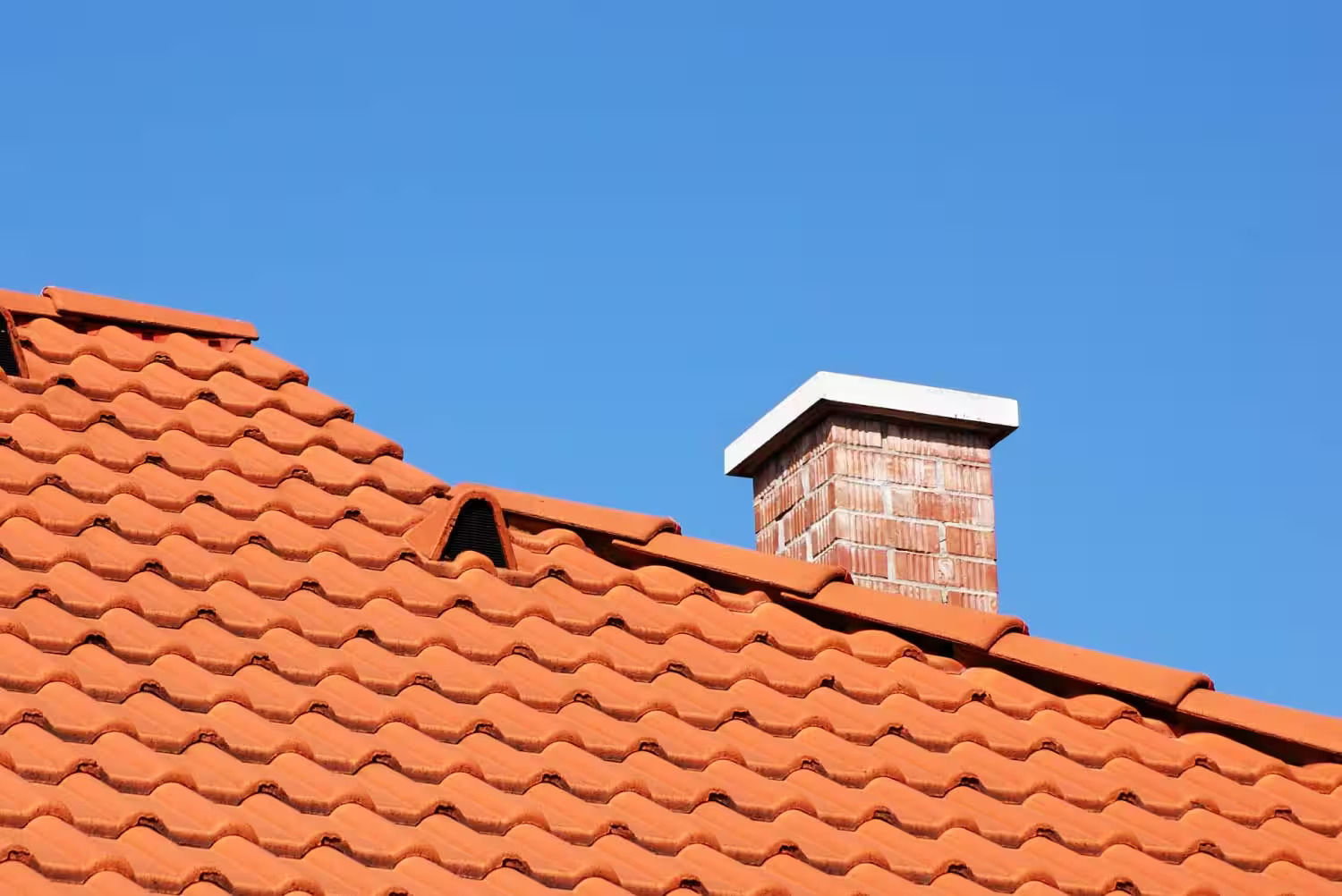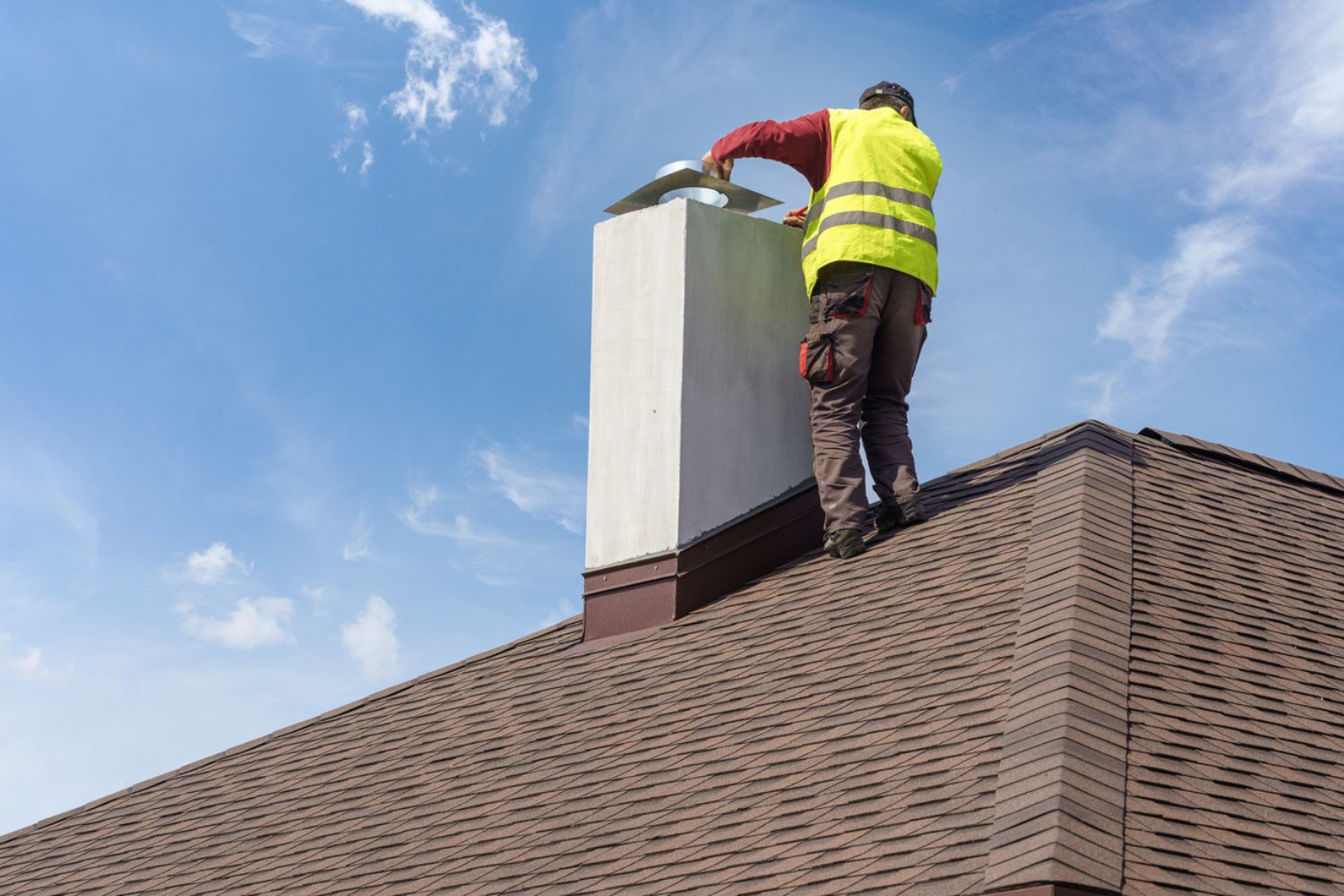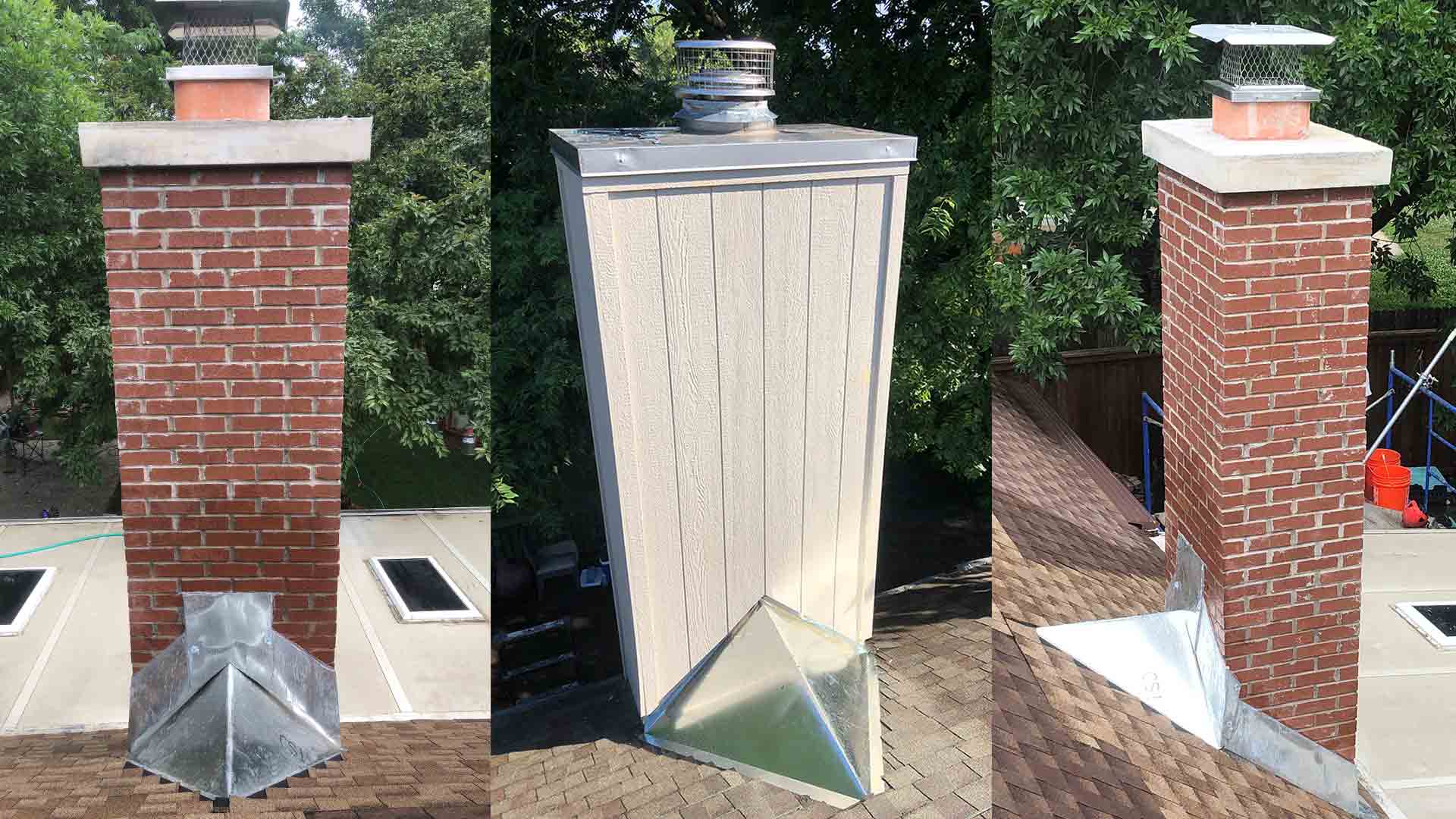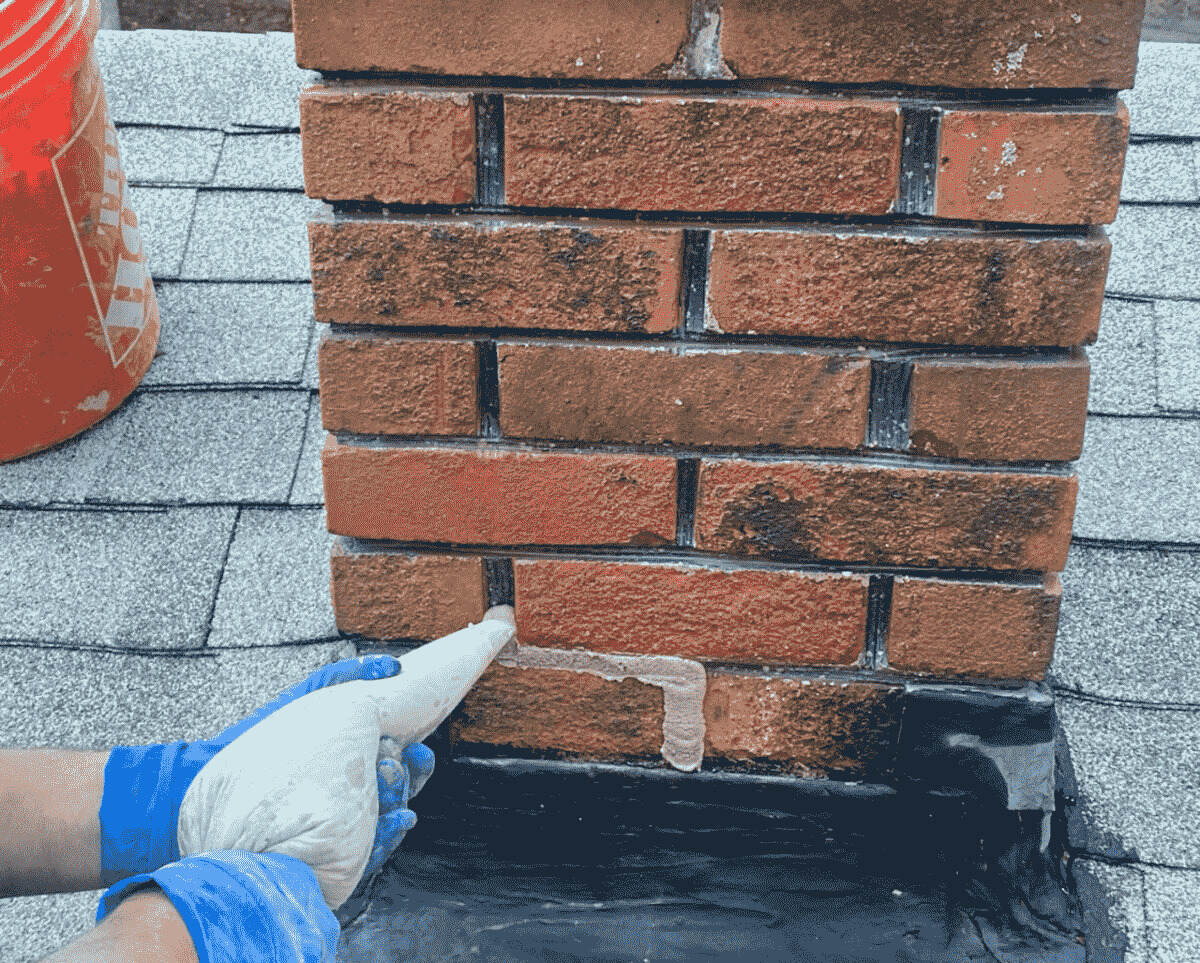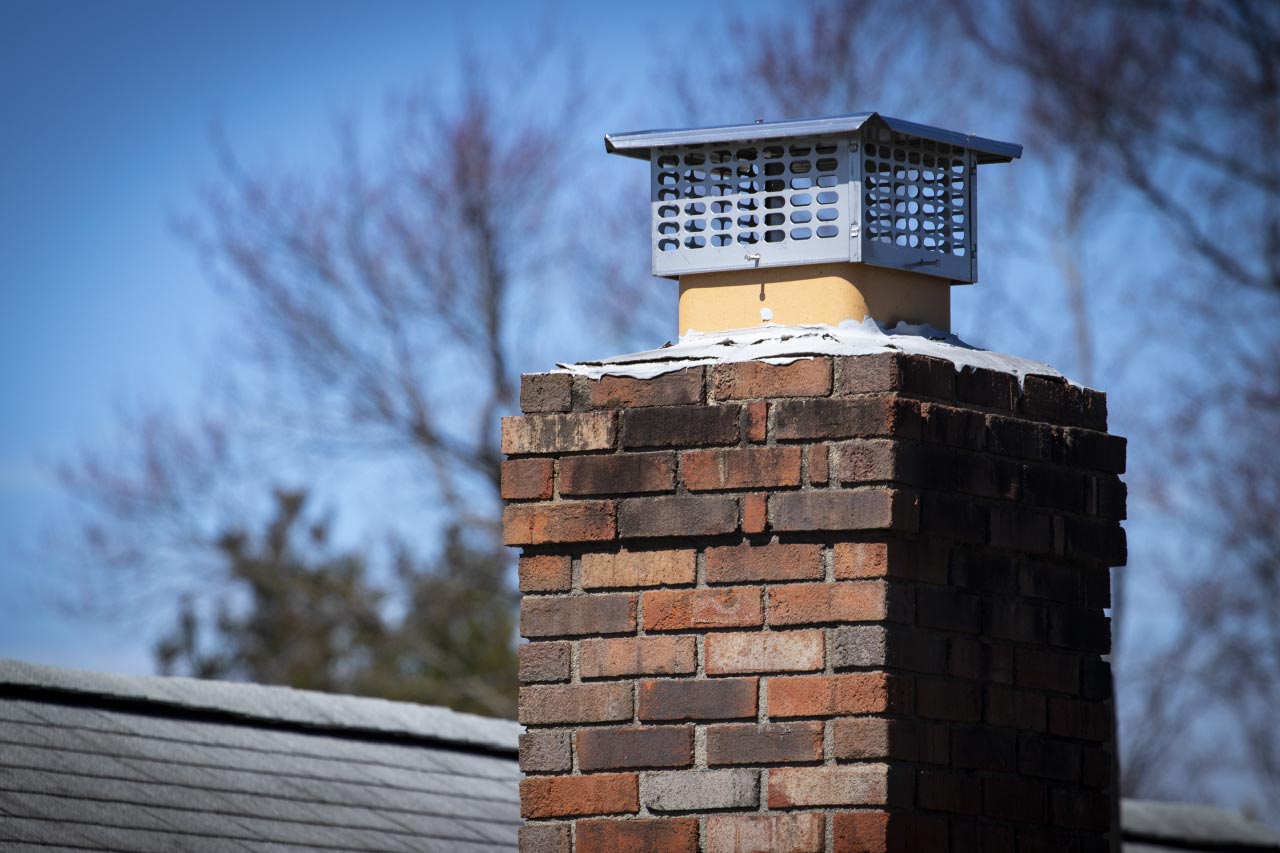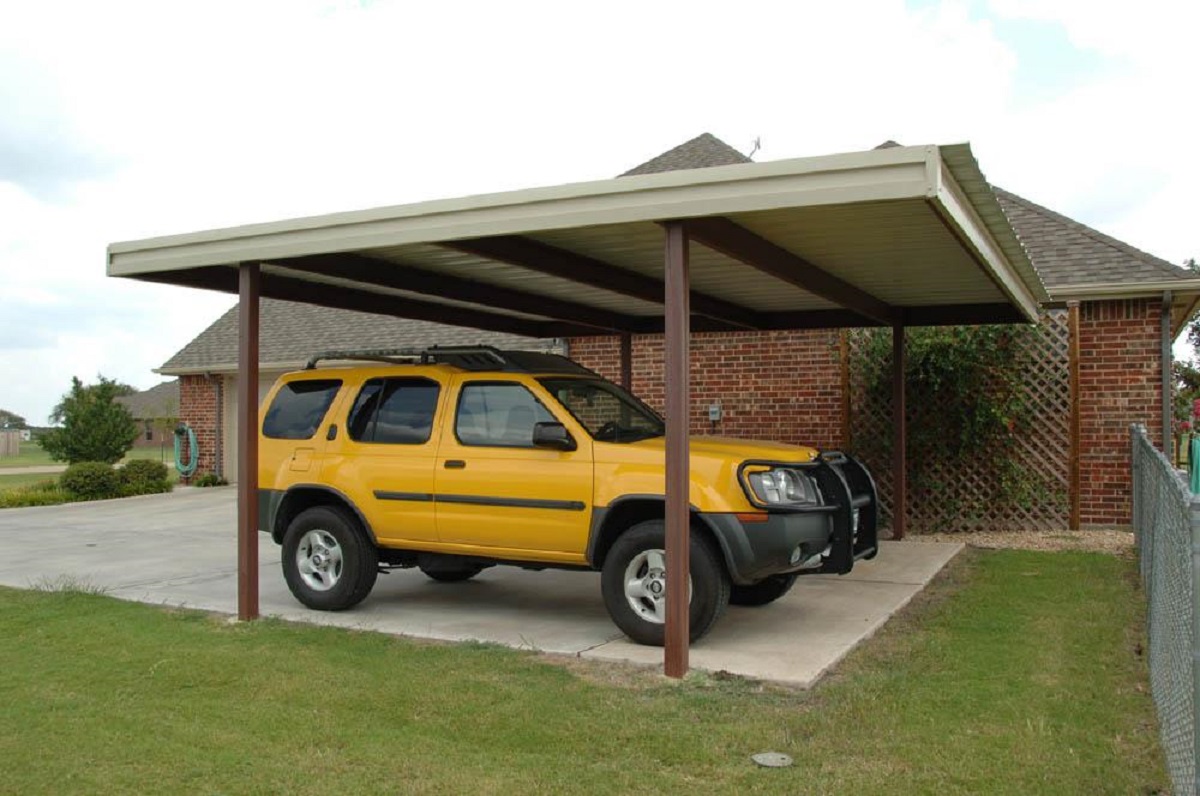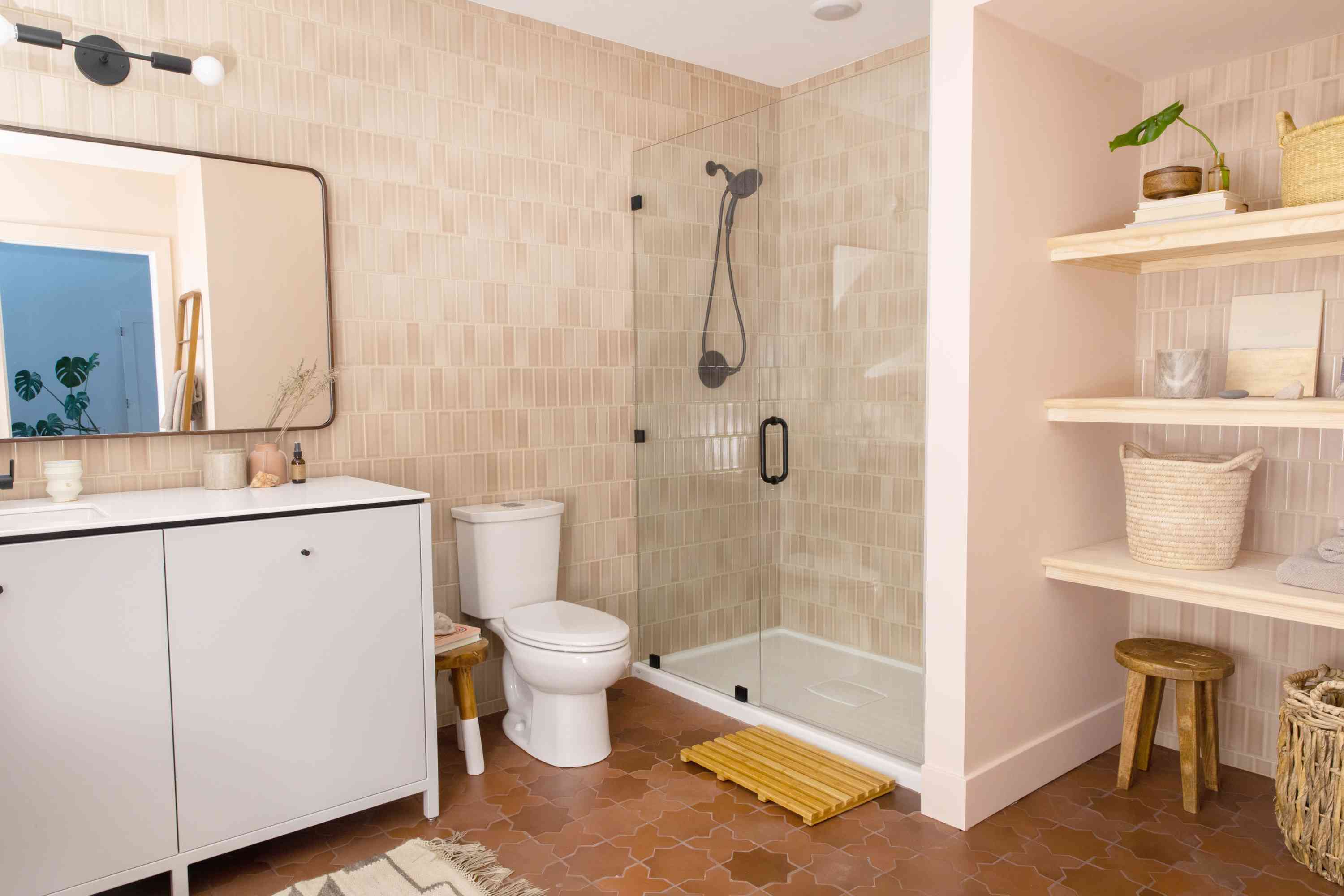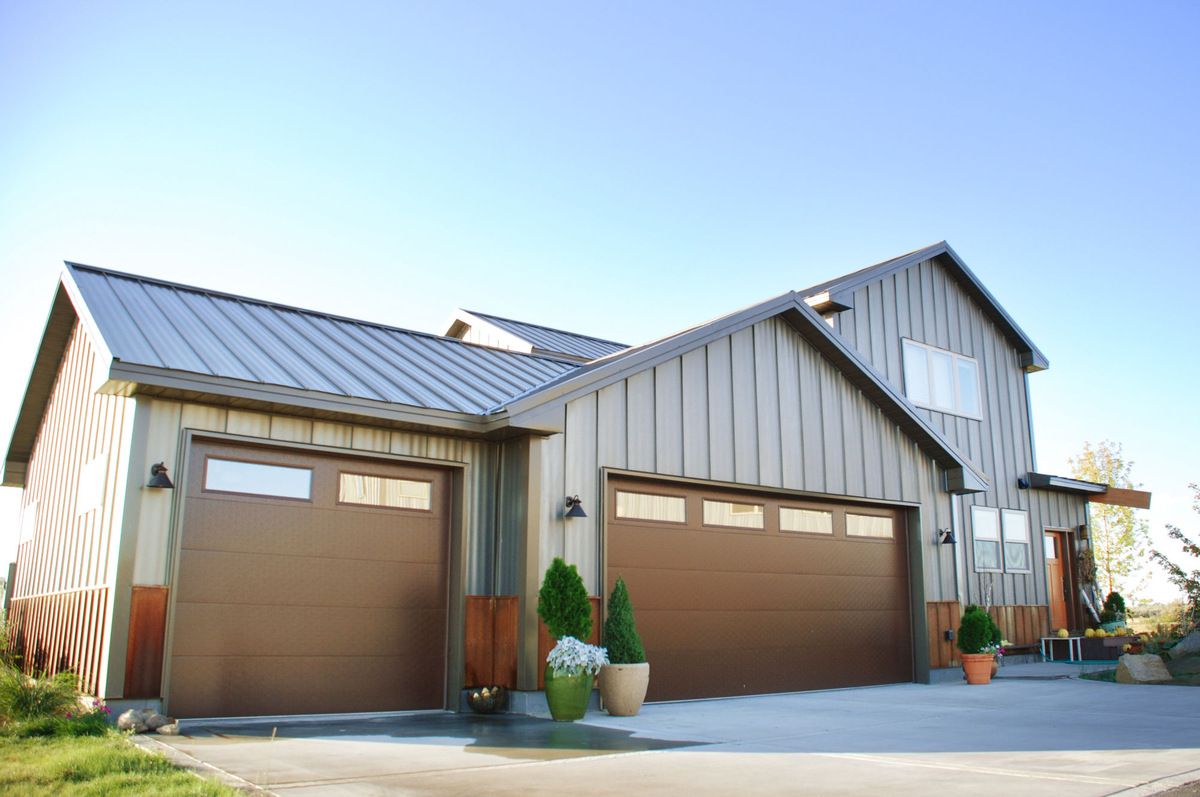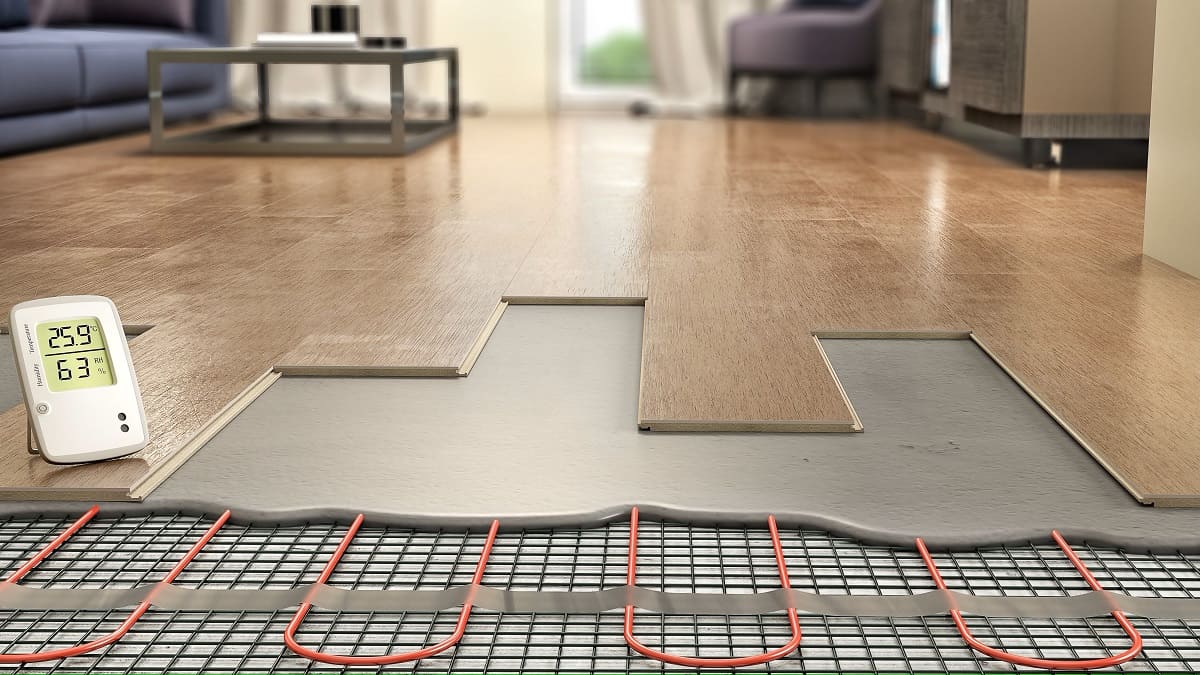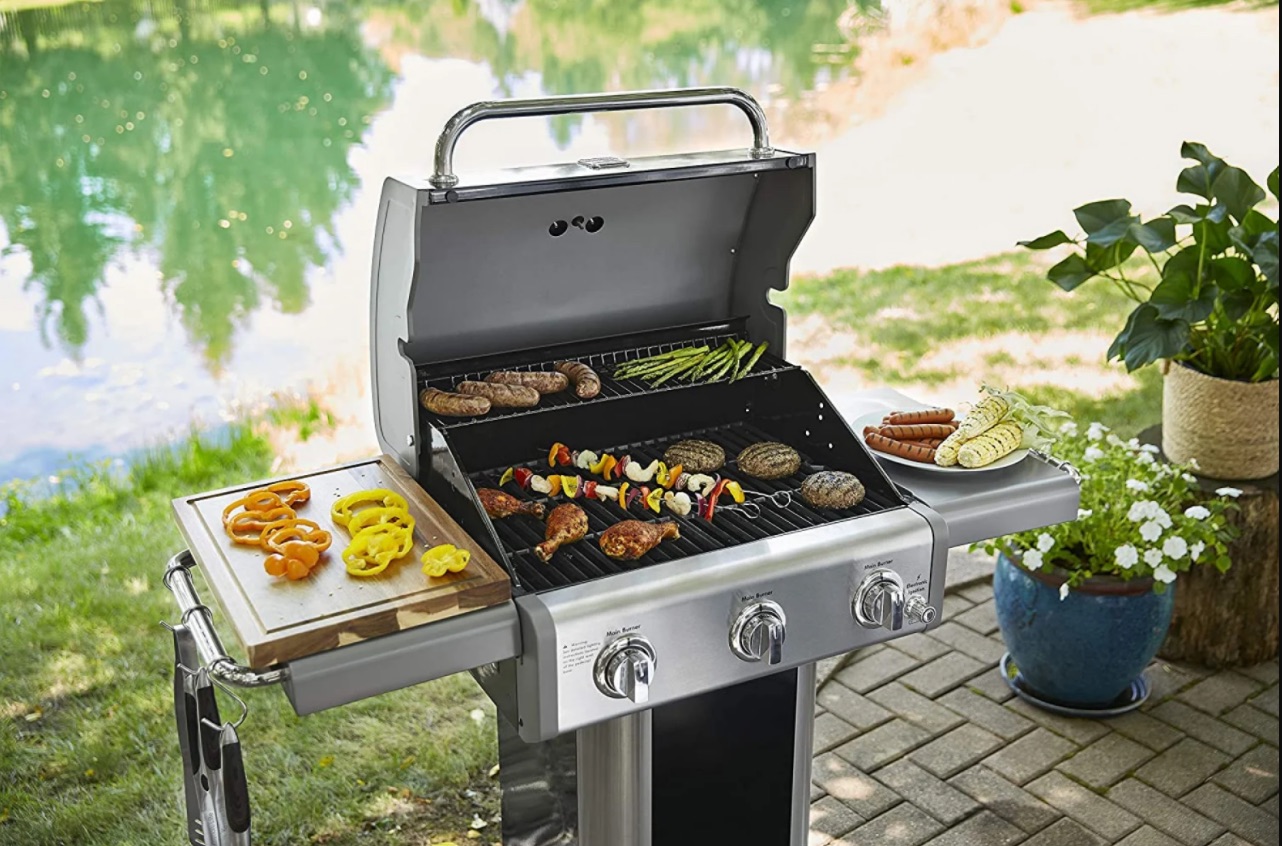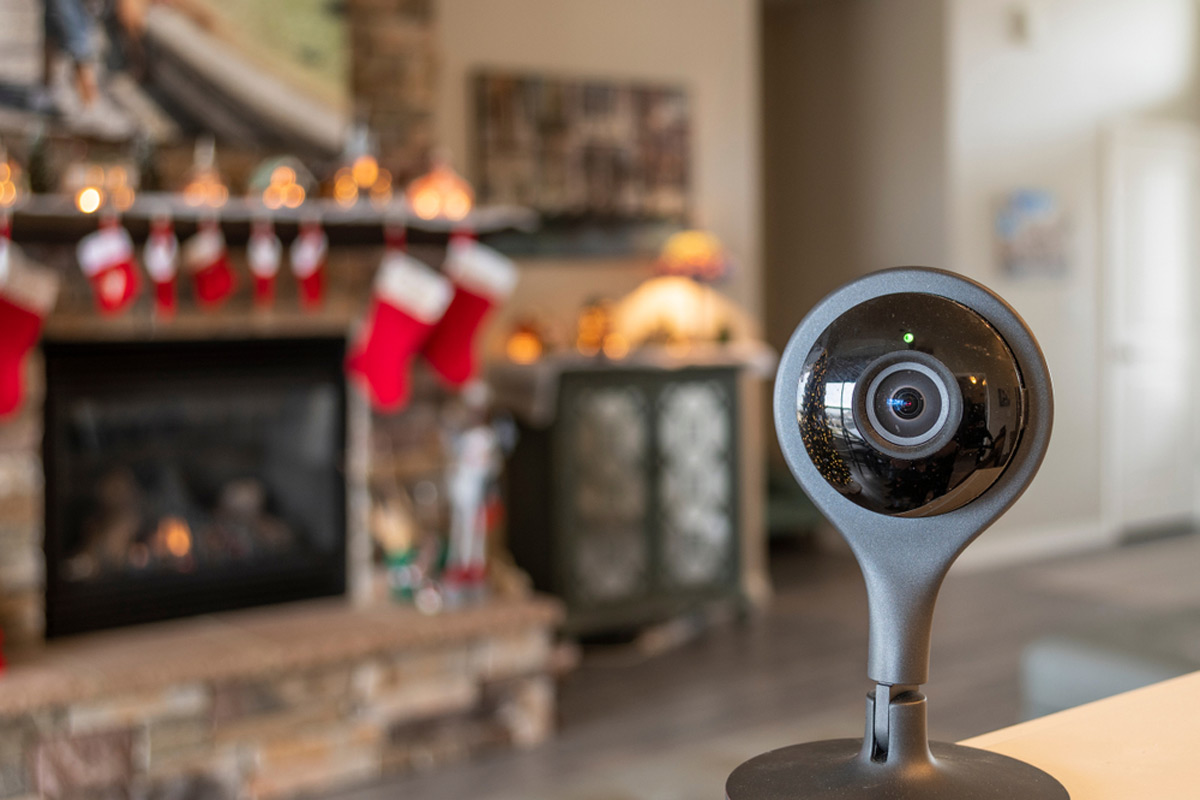Home>Home Maintenance>How Much Would Bumper Repair Cost
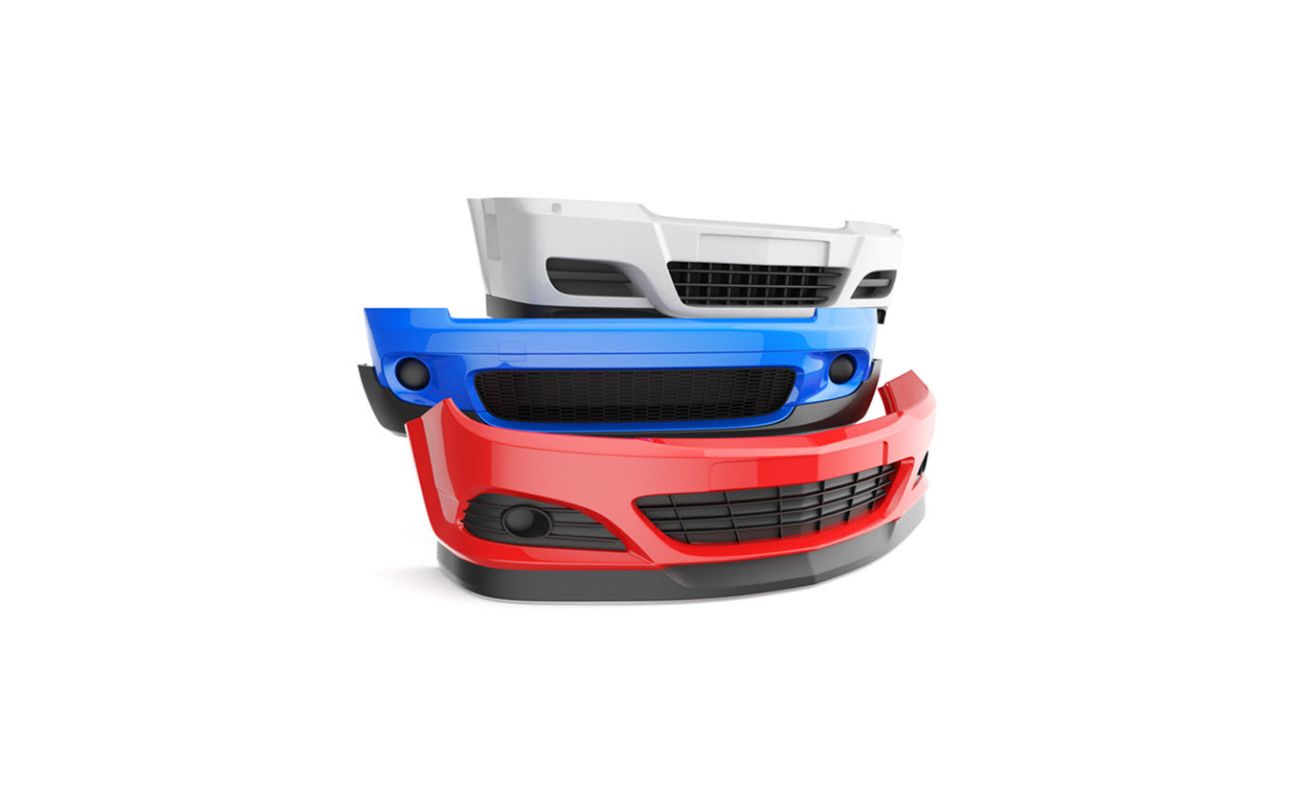

Home Maintenance
How Much Would Bumper Repair Cost
Modified: March 6, 2024
"Discover the average cost of bumper repair for your home maintenance needs. Get expert advice and find the best deals for bumper repairs near you."
(Many of the links in this article redirect to a specific reviewed product. Your purchase of these products through affiliate links helps to generate commission for Storables.com, at no extra cost. Learn more)
Introduction
Having a damaged bumper on your vehicle can be quite an eyesore. Whether it’s a small scrape, a dent, or even a major collision, the cost of repairing your bumper can vary greatly depending on several factors. In this article, we will explore the different elements that can affect the cost of bumper repair and how you can find the best solution for your needs.
It’s important to note that the bumper of a vehicle serves as a protective shield, designed to absorb impact and minimize damage during accidents. Made from materials such as plastic, fiberglass, or aluminum, bumpers are prone to getting dented, scratched, or even cracked as a result of collisions or incidental damages.
The cost of bumper repair can depend on various factors, including the extent of the damage, the type of bumper material, the make and model of your vehicle, and the location of the repair shop. Understanding these factors can help you get an idea of what to expect when it comes to the cost of bumper repair.
In general, the more severe the damage, the higher the repair cost will be. Small scratches or minor dents can often be repaired using simple techniques and materials, leading to lower repair costs. However, if the bumper has significant damage, such as large cracks or deep dents, it may require more extensive repairs, which can drive up the cost.
The type of material your bumper is made from can also impact the repair cost. Plastic bumpers are more common and typically less expensive to repair compared to bumpers made from fiberglass or aluminum. This is because plastic is easier to manipulate and repair, while fiberglass and aluminum may require additional steps and specialized tools for proper repairs.
The make and model of your vehicle can also influence the cost of bumper repair. Luxury or high-end vehicles often have more complex bumper designs or may require specific parts, resulting in higher repair costs. Additionally, the availability of replacement parts can also affect the overall cost, especially for older or rare vehicle models.
Lastly, the location of the repair shop can play a role in the cost of bumper repair. Different areas have varying labor rates and overhead costs, which can influence the final price. It’s a good idea to research and compare prices across different shops to ensure you are getting a fair deal.
Now that we’ve discussed the factors that can affect the cost of bumper repair, let’s dive into the average cost of bumper repair and the types of services available.
Key Takeaways:
- Bumper repair costs vary based on damage severity, material, vehicle make, and labor. Professional repair ensures quality and safety, while DIY may be suitable for minor scratches and dents.
- To minimize bumper repair costs, act promptly, explore insurance coverage, obtain multiple quotes, and consider paintless dent repair. Regular maintenance and safe driving habits can also prevent bumper damage.
Read more: How Much Would Screen Repair Cost
Factors that Affect Bumper Repair Costs
When it comes to bumper repair, several factors can impact the overall cost. Understanding these factors can help you anticipate the expenses and make informed decisions. Here are the key factors that affect bumper repair costs:
- Extent of damage: The severity and extent of the damage to your bumper will greatly influence the repair cost. Minor scratches or small dents can often be repaired using less expensive techniques, whereas major damage, such as deep dents or large cracks, may require more extensive and costly repairs.
- Bumper material: The type of material your bumper is made from can affect the repair cost. Plastic bumpers are the most common and generally less expensive to repair, as they can be easily manipulated and fixed using various techniques. On the other hand, fiberglass or aluminum bumpers may require specialized tools and techniques, making the repair process more labor-intensive and costly.
- Vehicle make and model: The make and model of your vehicle can impact the cost of bumper repair. Luxury or high-end vehicles often have more complex bumper designs and may require specific parts, which can be more expensive to repair or replace. Additionally, older or rare vehicle models may have limited availability of replacement parts, leading to higher costs.
- Quality of replacement parts: If your bumper needs to be replaced, the quality of the replacement parts can affect the cost. Original Equipment Manufacturer (OEM) parts, which are made by the vehicle’s manufacturer, tend to be more expensive but offer better fit and quality. On the other hand, aftermarket parts may be more affordable but may not provide the same level of fit and finish.
- Labor costs: The labor costs associated with bumper repair can vary depending on the repair shop’s location and expertise. Different areas may have different labor rates, which can influence the overall cost. Additionally, skilled technicians may charge higher labor rates, but their expertise can ensure a high-quality repair job.
It’s important to note that these factors are not mutually exclusive and can often overlap. For example, a luxury vehicle with a fiberglass bumper that has extensive damage will likely incur higher repair costs due to specialized parts, labor, and materials.
As a vehicle owner, it’s crucial to assess the extent of the damage, consider the material of your bumper, and determine the best approach for repair. Consulting with a reputable repair shop can help you get an accurate estimate and understand the cost breakdown based on these factors.
Now that we’ve discussed the factors that affect bumper repair costs, let’s move on to understanding the average cost of bumper repair.
Average Cost of Bumper Repair
The cost of bumper repair can vary widely depending on the factors mentioned earlier. To give you a rough idea, let’s explore the average cost ranges for different types of bumper repairs:
- Minor scratches and paint touch-ups: If your bumper has only minor surface scratches or paint chips, repairing them can be relatively affordable. On average, expect to pay between $50 to $150 for these types of repairs.
- Small dents: Small dents, such as those caused by parking lot mishaps or hail, can typically be repaired without replacing the entire bumper. The cost for repairing small dents typically ranges from $100 to $300, depending on the size and location of the dent.
- Cracked or fractured bumper: If your bumper has cracks or fractures, the repair cost will be higher. Depending on the extent of the damage, you may need to repair or replace the bumper. Repairing a cracked bumper can cost anywhere from $200 to $600, whereas replacing a damaged bumper can range from $500 to $1,500 or more.
- Major collision damage: In cases of major collision damage, where the bumper is severely dented, misaligned, or requires extensive repairs, the costs can be significant. Repairing or replacing a heavily damaged bumper can cost between $1,000 to $3,500 or more, depending on the extent of the damage and the type of vehicle.
- Painting and refinishing: In addition to repairing the bumper, you may also need to consider painting and refinishing to match the color and texture of the rest of the vehicle. The cost for painting and refinishing a bumper can range from $200 to $800, depending on the complexity of the color, the size of the bumper, and the quality of the paint used.
Keep in mind that these average cost ranges are approximate and can vary based on the factors we discussed earlier. It’s always recommended to obtain accurate quotes from reputable repair shops to get a better understanding of the specific costs involved for your bumper repair.
Now that we have an idea of the average cost of bumper repair, let’s explore the different types of bumper repair services available.
Types of Bumper Repair Services
When it comes to bumper repair, there is a range of services available to address different types of damage. The type of repair service needed will depend on the extent and nature of the bumper damage. Let’s explore some common types of bumper repair services:
- Paintless Dent Repair (PDR): This technique is used to repair small dents without the need for repainting. Skilled technicians use specialized tools to carefully massage and reshape the metal from the inside, restoring the bumper’s original shape. PDR is typically used for minor dents and can be a cost-effective option.
- Bumper Patching and Refinishing: Minor scratches, chips, or small cracks can often be patched and refinished. The damaged area is repaired, filled, sanded, and then repainted to match the original color of the bumper. This technique is suitable for surface-level damages that do not require extensive repairs or replacement.
- Bumper Replacement: In cases where the damage is too severe or extensive, a full bumper replacement may be necessary. This typically involves removing the damaged bumper and installing a new one. Bumper replacement is common for heavily damaged bumpers, fractures, or situations where repairs are not feasible.
- Bumper Resurfacing: If the bumper has scratches, scuffs, or fading, resurfacing can be an effective solution. In this process, the damaged area is smoothed, filled, and resurfaced to restore the appearance and texture of the bumper. This is often followed by painting and refinishing to achieve a seamless finish.
- Bumper Reconditioning: For bumpers with minor damages, such as dents or scratches, reconditioning can be a viable option. Technicians use techniques like heat and suction to reshape the bumper, removing small dents and restoring it to its original condition.
It’s important to consult with a professional bumper repair shop to determine the most suitable repair service for your specific bumper damage. They will assess the extent of the damage and recommend the best course of action for a successful repair.
Now that we’ve covered the various types of bumper repair services, let’s compare DIY bumper repair with professional bumper repair.
Before getting a bumper repair cost estimate, consider the extent of the damage and whether it’s just the bumper cover or if there’s structural damage underneath. This will help you get a more accurate quote.
DIY Bumper Repair vs Professional Bumper Repair
When faced with a damaged bumper, many vehicle owners wonder whether they should attempt a do-it-yourself (DIY) repair or opt for professional bumper repair services. Let’s compare the two options to help you make an informed decision:
1. Skill and Expertise: Professional bumper repair technicians have the training, knowledge, and experience to accurately assess the damage and execute precise repairs. They have access to specialized tools and techniques that DIY enthusiasts may not have. They can ensure that the repairs are done correctly, providing long-lasting results.
2. Quality of the Repair: Professional bumper repair shops use high-quality materials and follow industry best practices to ensure a seamless and durable repair. They have access to original equipment manufacturer (OEM) parts or high-quality aftermarket parts to maintain the integrity of your vehicle. DIY repairs may lack the same level of precision and might not achieve a factory-quality finish.
3. Time and Effort: Bumper repairs can be time-consuming, requiring careful preparation, repair work, and refinishing. Professionals have the necessary tools and expertise to complete repairs efficiently, saving you time and effort. DIY repairs may require extensive research, trial and error, and could result in a longer downtime for your vehicle.
4. Warranty and Guarantees: Reputable bumper repair shops often provide warranties or guarantees on their work. This gives you peace of mind that if any issues arise after the repair, they will rectify them at no additional cost. With DIY repairs, you assume all responsibility and risk, and any mistakes or issues may result in additional expenses to fix.
5. Cost Considerations: While DIY repairs may seem cost-effective initially, they can end up costing more in the long run if the repairs are not done correctly. DIY enthusiasts may need to invest in specialized tools, materials, and paints. Additionally, if the DIY repair results in further damage or a poor finish, you may end up paying for professional repair services anyway.
It’s important to note that not all bumper damages are suitable for DIY repairs. Minor scratches or small dents can potentially be addressed with DIY techniques, such as touch-up paint or minor dent repair kits. However, larger dents, cracks, or major damages generally require professional expertise to ensure a proper and safe repair.
Ultimately, the decision between DIY bumper repair and professional bumper repair depends on your skill level, the extent of the damage, and your comfort with tackling the repairs yourself. To ensure the best outcome, it’s always recommended to consult with a professional bumper repair shop for an accurate assessment and expert guidance.
Next, let’s explore how you can find a reliable bumper repair shop.
Read more: How Much Does It Cost To Clean A Chimney
How to Find a Reliable Bumper Repair Shop
When it comes to getting your bumper repaired, finding a reliable and reputable repair shop is crucial. Here are some steps you can take to find a trustworthy bumper repair shop:
1. Ask for Recommendations: Start by asking friends, family members, or colleagues if they have any recommendations for reputable bumper repair shops. Their personal experiences and feedback can help you find reliable options in your area.
2. Research Online: Conduct a thorough online search for bumper repair shops in your locality. Read customer reviews, ratings, and testimonials to get an idea of their reputation and the quality of their work. Look for shops that have high ratings, positive reviews, and a track record of satisfied customers.
3. Check for Certifications and Accreditations: Look for bumper repair shops that have certifications or accreditations from recognized organizations. These certifications indicate that the shop meets industry standards and has undergone proper training in bumper repair techniques.
4. Inquire About Experience: When contacting bumper repair shops, ask about their experience in the industry. A shop with years of experience is likely to have dealt with a wide range of bumper repair cases and can provide reliable and efficient services.
5. Visit the Shop and Inspect their Facilities: If possible, visit the bumper repair shop in person to get a sense of their professionalism and the condition of their facilities. A well-maintained shop with modern equipment and a clean working environment is an indication of their commitment to delivering quality repairs.
6. Request Estimates: Contact multiple bumper repair shops and request estimates for your specific repair job. Compare the estimates to get an idea of the average cost and ensure there are no hidden charges. Be cautious of extremely low estimates, as they may indicate subpar workmanship or the use of substandard materials.
7. Ask About Warranty: Inquire about the warranty or guarantee provided by the bumper repair shop. A reliable shop will stand behind their work and offer a warranty on the repairs performed. This ensures that you can have peace of mind knowing that any issues will be rectified promptly.
8. Verify Insurance Coverage: If your repair is covered by insurance, check if the shop works with your insurance provider. This will streamline the billing and payment process, making it easier for you to handle the financial aspects of the repair.
9. Seek Referrals from Dealerships: If you purchased your vehicle from a dealership, reach out to them and ask for their recommendations for reputable bumper repair shops. Dealerships often have trusted partners or may even have in-house repair services.
10. Trust Your Instincts: As you gather information and communicate with different repair shops, trust your instincts. Pay attention to how they address your questions, their level of professionalism, and their willingness to provide information transparently. Choose a repair shop that makes you feel confident and comfortable.
By following these steps, you can find a reliable and reputable bumper repair shop that will provide quality repairs for your vehicle. Remember to consider the factors we discussed earlier, such as experience, certifications, and customer reviews, to make an informed decision.
Now, let’s explore some tips for minimizing bumper repair costs.
Tips for Minimizing Bumper Repair Costs
Dealing with bumper damage can be stressful, both financially and emotionally. However, there are several tips you can follow to help minimize bumper repair costs. Here are some cost-saving strategies to consider:
1. Take Quick Action: Address bumper damage as soon as possible to prevent further deterioration. Small scratches or dents can worsen over time, leading to more extensive and costly repairs. By taking quick action, you can potentially minimize the repair work needed.
2. Explore Insurance Coverage: Check your insurance policy to see if bumper repairs are covered. If the damage is the result of an accident or covered incident, your insurance may cover some or all of the repair costs. Contact your insurance provider to understand the extent of your coverage and any deductibles that may apply.
3. Consider Paintless Dent Repair (PDR): If your bumper has minor dents or dings, consider opting for paintless dent repair. PDR is a cost-effective technique that can fix small dents without the need for repainting. It can be a more affordable alternative to traditional repair methods.
4. Explore Multiple Quotes: Don’t settle for the first quote you receive. Shop around and obtain estimates from multiple bumper repair shops. Comparing quotes will help you identify any significant price differences and ensure you’re getting a fair price for the repair work.
5. Discuss Repair Options: When consulting with bumper repair shops, inquire about alternative repair options. Some shops may offer different repair techniques or materials that can reduce the overall cost. Discuss these options and their potential impact on the final price.
6. Consider Used or Aftermarket Parts: If your bumper requires replacement, inquire about the availability of used or aftermarket parts. These options are often more affordable compared to purchasing brand new OEM parts. However, ensure that the parts are still of good quality and compatible with your vehicle.
7. DIY Touch-Ups: For minor scratches or chips, you can consider DIY touch-up paint kits. These kits are affordable and can be effective in concealing small damages. Follow the instructions carefully to achieve satisfactory results. However, keep in mind that this option is only suitable for minor surface-level damages.
8. Maintain a Clean Driving Record: Avoiding accidents or collisions is one of the best ways to minimize bumper repair costs. Drive attentively, follow traffic laws, and maintain a safe distance from other vehicles. By practicing safe driving habits, you can reduce the likelihood of bumper damage and associated repair expenses.
9. Consider DIY if Qualified: If you have the necessary skills and expertise, you may be able to handle minor bumper repairs yourself. However, be realistic about your abilities and only attempt repairs that you are confident in executing successfully. Poorly done DIY repairs can end up incurring higher costs to fix.
10. Regular Maintenance and Care: Take proactive steps to maintain your bumper’s condition. Regularly clean your bumper to remove dirt, debris, and corrosive substances that can lead to damage. Additionally, park your vehicle carefully and consider using bumper protectors or guards when parking in tight spaces or high-traffic areas.
By implementing these tips, you can reduce the overall cost of bumper repair. However, it’s important to prioritize the quality and safety of the repairs over cost considerations. Always consult with professionals to assess the damage and determine the most suitable repair option.
Now, let’s summarize what we’ve discussed in this article.
Conclusion
Dealing with bumper damage is an inevitable part of owning a vehicle, but understanding the factors that influence bumper repair costs and taking the right steps can help you navigate the process more effectively. In this article, we explored the various factors that can affect bumper repair costs, including the extent of damage, bumper material, vehicle make and model, quality of replacement parts, and labor costs.
We also discussed the average cost ranges for different types of bumper repairs, such as minor scratches, small dents, cracked bumpers, major collision damage, and painting/refinishing. It’s essential to keep in mind that these are average costs and can vary depending on specific circumstances.
Moreover, we covered the different types of bumper repair services available, such as paintless dent repair (PDR), bumper patching and refinishing, bumper replacement, bumper resurfacing, and bumper reconditioning. Each service caters to different types of bumper damage and offers unique benefits.
Comparing DIY bumper repair with professional bumper repair, we discussed the importance of skill, expertise, quality, time, warranties, and costs. While some minor repairs can be tackled as DIY projects, major damages or complex repairs are best left to professionals to ensure a proper and safe repair job.
To find a reliable bumper repair shop, we suggested asking for recommendations, conducting online research, checking for certifications, visiting the shop, requesting estimates, asking about warranties, seeking referrals from dealerships, and trusting your instincts.
Lastly, we provided tips for minimizing bumper repair costs, such as taking quick action, exploring insurance coverage, considering paintless dent repair, obtaining multiple quotes, discussing repair options, considering used or aftermarket parts, DIY touch-ups, maintaining a clean driving record, considering DIY repairs if qualified, and regular maintenance and care.
In conclusion, by understanding the factors that impact bumper repair costs, exploring different repair options, finding a reliable repair shop, and taking proactive measures, you can minimize the financial burden and ensure a successful bumper repair that restores the appearance and functionality of your vehicle.
Remember to assess the damage accurately, consult professionals, and prioritize quality over cost considerations. Taking the right steps will not only save you money but also provide a safe and reliable solution for your bumper repair needs.
Frequently Asked Questions about How Much Would Bumper Repair Cost
Was this page helpful?
At Storables.com, we guarantee accurate and reliable information. Our content, validated by Expert Board Contributors, is crafted following stringent Editorial Policies. We're committed to providing you with well-researched, expert-backed insights for all your informational needs.
